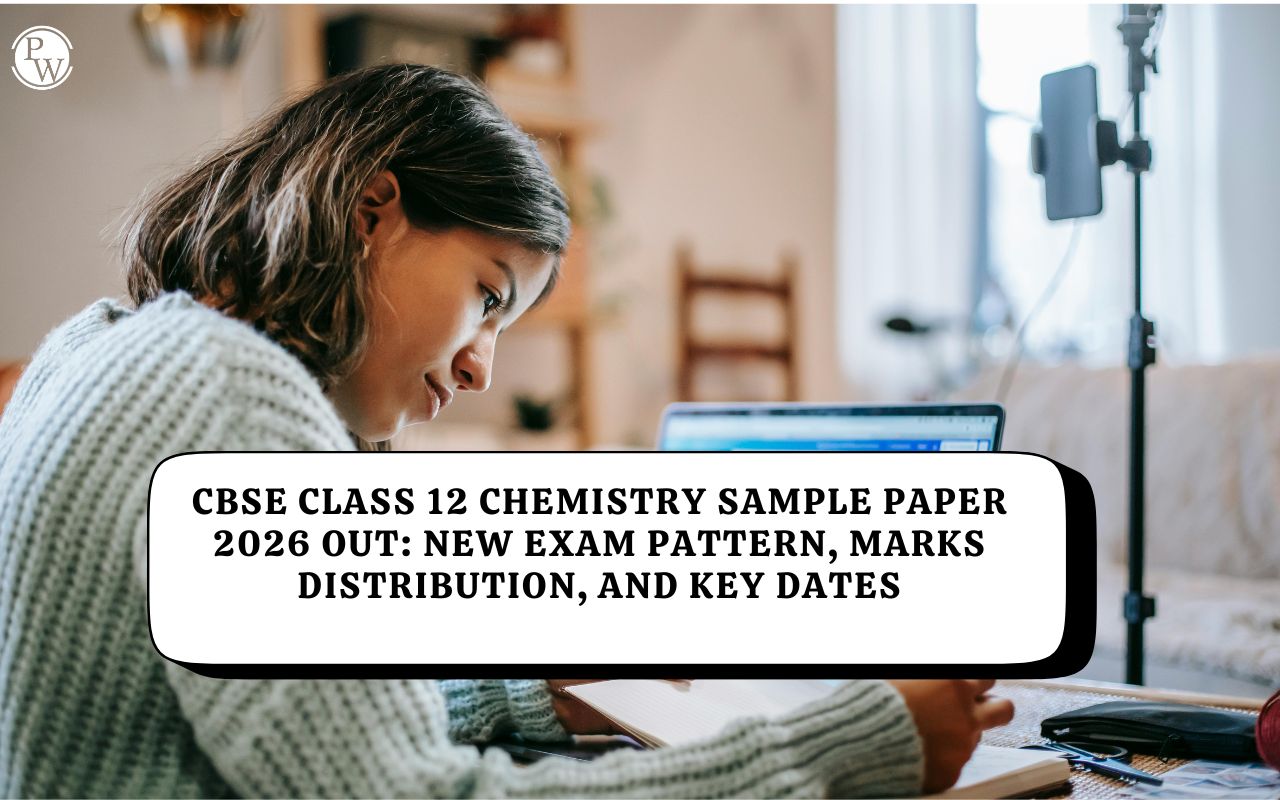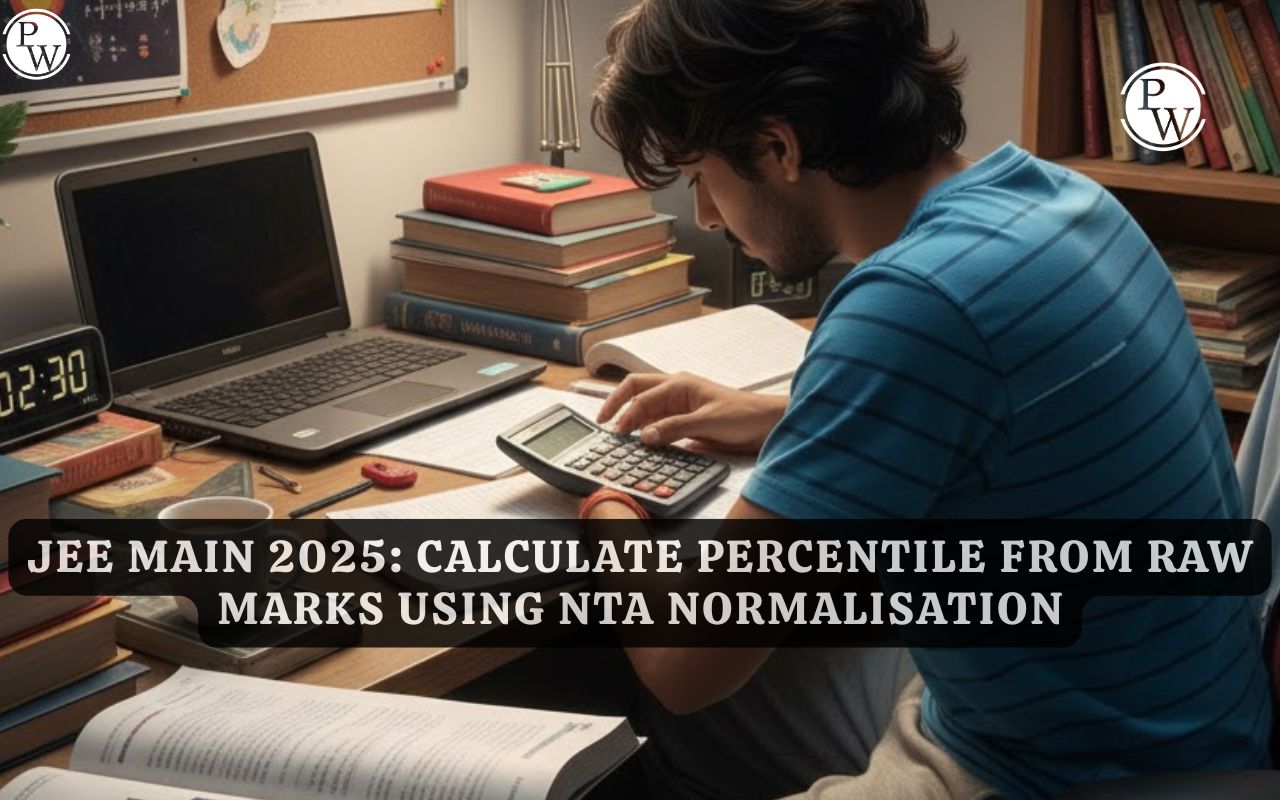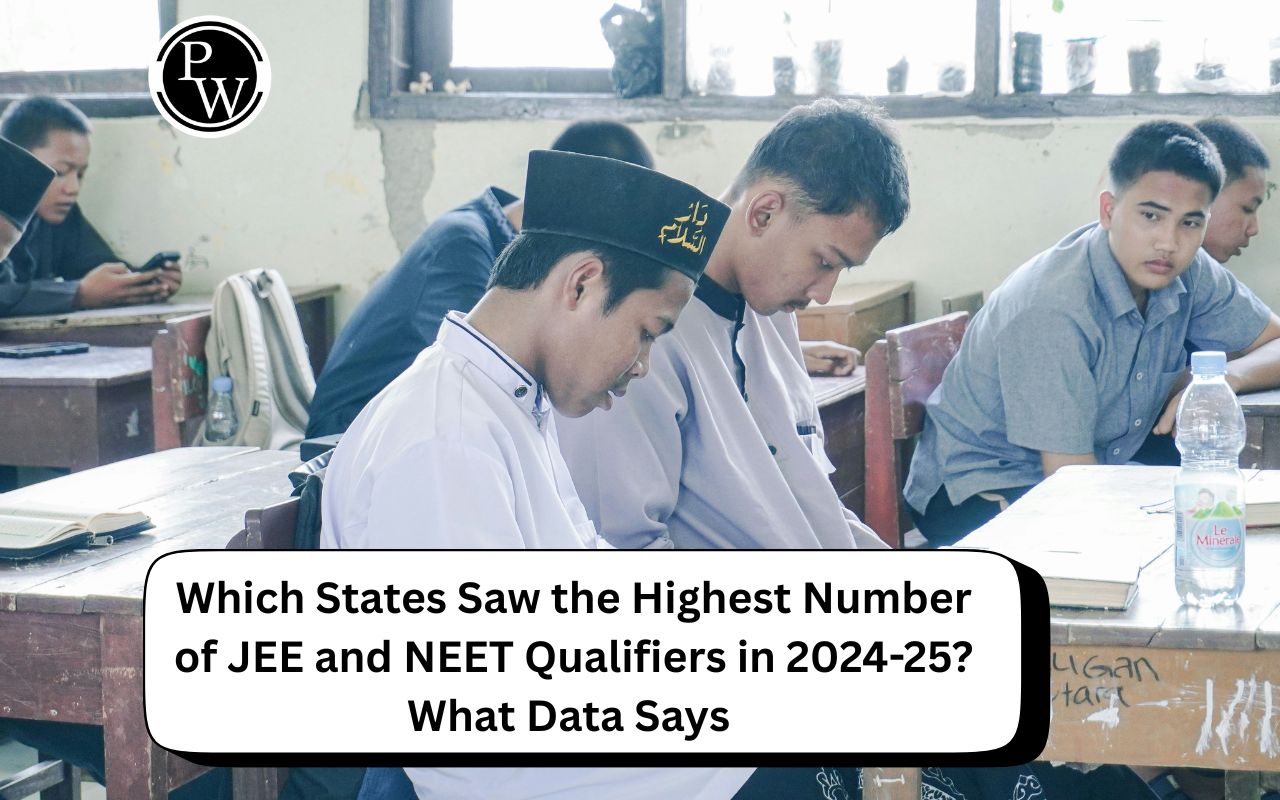

Atomic Radius : Atomic radius is a fundamental concept in chemistry that defines the size of an atom, a building block of matter. However, the determination of atomic radius isn't straightforward due to the inherent complexity of atomic structures and their interactions. This article aims to unravel the intricacies of the atomic radius by delving into its various forms: covalent radius, ionic radius, metallic radius, and Van der Waals radius.
Covalent Radius
Covalent Radius: A covalent radius is defined as half the distance between the nuclei of two identical atoms that are chemically bonded together in a covalent molecule.
In simpler terms, it represents the size of an atom when it forms a covalent bond with another atom. The covalent radius is influenced by the number of electron pairs shared between atoms and the types of bonds formed. Generally, atoms forming multiple bonds have smaller covalent radii due to increased electron density between nuclei.
- Covalent bonds are formed by overlapping of atomic orbitals.
- Internuclear distance is minimum in this case.
- Covalent radius is the half of the internuclear distance between two singly bonded homo atoms.
Ex. If internuclear distance of A – A(A 2 ) molecule is (d A–A ) and covalent radius is r A then
or
Ex. In Cl
2
molecule, internuclear distance is
so
Ionic Radius
Ionic Radius: Ionic radius refers to the size of an ion, which is an atom or molecule that has gained or lost electrons, resulting in a net electrical charge. The ionic radius varies depending on whether the ion is positively charged (cation) or negatively charged (anion). When an atom loses electrons to become a cation, its ionic radius typically decreases compared to its atomic radius due to increased nuclear attraction for fewer electrons.
Conversely, when an atom gains electrons to form an anion, its ionic radius generally increases due to increased electron-electron repulsion.
1. Cationic Radius
- When an neutral atom loses e – it converts into cation (+ve charged ion)
- Cationic radius is always smaller because after loosing e – number of e – reduces, but number of protons remains same, due to this Z eff increases, hence electrons are pulled towards nucleus and atomic radius decreases, moreover after loosing all the electrons from the outer most shell, penultimate shell becomes ultimate shell which is nearer to nucleus so size decreases.
-
Size of cation
2. Anionic Radius
- When a neutral atom gains e – it converts into anion [Negative charge ion]
- Anionic radius is always greater because in an anion e – are more than protons and inter electronic repulsion increases, which also increases screening effect. So effective nuclear charge reduces, so distance between e – and nucleus increases and size of anion also increases.
|
F |
F – |
||
|
Proton |
9 |
9 |
|
|
e – |
9 |
10 |
|
|
So |
|
|
As Z eff of F – is less than F so size of F – > F |
- Size of isoelectronic species :
- Those species having same number of e - but different nuclear charge forms isoelectronic series.
- For isoelectronic species the atomic radius increases with decrease in effective nuclear charge
|
Species |
K + |
Ca +2 |
S –2 |
Cl – |
|
Z |
19 |
20 |
16 |
17 |
|
e |
18 |
18 |
18 |
18 |
|
|
|
|
|
|
Metallic Radius
Metallic Radius : Metallic radius is associated with metallic elements and represents the size of atoms within a metallic lattice. In metals, atoms are closely packed together in a repeating three-dimensional pattern, forming a metallic bond where valence electrons are delocalized and free to move throughout the lattice. Metallic radius is determined by the distance between adjacent nuclei in the metal lattice. It's important to note that metallic radius can vary depending on the type of metal and its crystalline structure.
- Half of the inter nuclear distance between two adjacent metallic atoms in crystalline lattice structure.
- There is no overlapping of atomic orbitals, So Metallic radius > Covalent radius
-
Metallic radius
Van der Waals Radius
Van der Waals Radius : Van der Waals radius, also known as the molecular radius, is defined as half the distance between the nuclei of two non-bonded atoms in a molecule or crystal. Unlike covalent, ionic, and metallic radii, which are specific to bonded atoms, Van der Waals radius applies to non-bonded atoms or molecules.
It accounts for the attractive and repulsive forces between atoms or molecules, including Van der Waals forces, dipole-dipole interactions, and hydrogen bonding. Van der Waals radius is essential in understanding molecular geometry and intermolecular interactions in various substances.
-
Those atoms (like noble gases) which are not bonded with each other, experiences a weak attractive force to come nearer.
-
Half of the distance between the nuclei of adjacently placed atoms in solid state of a noble gas is known as van der Waals radius.
-
Inert gas have only van der Waal radius.
-
In molecules of nonmetals solid both covalent and van der Waals radius exists.
|
van der Waals radius
|
Important Points For Atomic Radius
|
van der Waals radius > Metallic radius > Covalent radius |
In summary, atomic radius manifests in different forms depending on the type of chemical bond or interaction involved. Covalent radius describes the size of atoms in covalent bonds, ionic radius pertains to ions with a net charge, metallic radius characterizes atoms in metallic lattices, and Van der Waals radius accounts for non-bonded atoms or molecules.
Atomic Radius FAQs
Q1: What is atomic radius, and why is it important in chemistry?
Q2: How does a covalent radius differ from other types of atomic radii?
Q3: Can you explain the concept of ionic radius and how it relates to atomic radius?
Q4: How is metallic radius determined, and what role does it play in metallic structures?
Q.5: What is Van der Waals radius, and how does it differ from other atomic radii?












